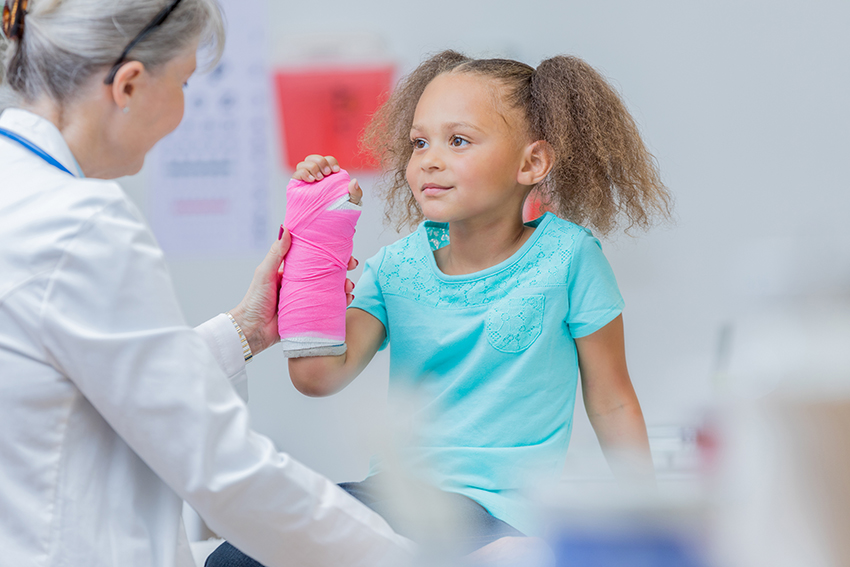Algorithm sensitive to child injury risk

New research confirms the value of predictive risk modelling tools to support child maltreatment decisions.
The study, co-authored by AUT's Rhema Vaithianathan and Diana Benavides-Prado, confirms that children identified as at-risk by the Allegheny Family Screening Tool, a predictive risk modelling tool that supports child protection decisions, are also at considerably heightened risk of injury, abuse and self-harm hospitalisation.
The study was published in JAMA Pediatrics on August 4, 2020.
The Allegheny Family Screening Tool (AFST) has been supporting screening decisions in Allegheny County (Pennsylvania, United States) since 2016.
It is a machine learning tool trained to predict the risk that a child, who has been referred for alleged abuse or neglect, will be removed from home for safety concerns within two years.
While the AFST was known to be good at predicting which children were at risk of being removed from home, until now there was no evidence that these flagged children were also at higher risk of hospital admissions.
The researchers used a one-off linkage between the child protection system and Pittsburgh Children’s Hospital data to show that children identified as at risk by the AFST are indeed at considerably heightened risk of injury, abuse, and self-harm hospitalisation.
Professor Rhema Vaithianathan says the research, Hospital Injury Encounters of Children Identified by a Predictive Risk Model for Screening Child Maltreatment Referrals, contributes three valuable insights that will help shape the future use of predictive risk modelling (PRM) for child protection.
“Firstly, this work confirms that PRMs trained to predict child removal can find children at real risk of harm, settling a longstanding debate about child removal as a ‘proxy’ for future harm.
“Secondly we can report that `hospitalisation risk’ is sharply heightened for children receiving the highest AFST risk scores. For example, children with high AFST scores are nine times as likely to experience an abusive injury hospital encounter and ten times as likely to experience suicide or self-inflicted harm as children with low risk scores.
"This finding suggests that increasing child protection interventions for children at high risk of placement, may assist child protection systems striving to reduce harm to children.
“Lastly, we find that the AFST is particularly sensitive to the risk facing white children, which means we are potentially under protecting these children."
Vaithianathan says the research suggests that tools like the AFST can offer agencies powerful new intelligence to help them direct preventive services towards all children and families who are at greatest risk.